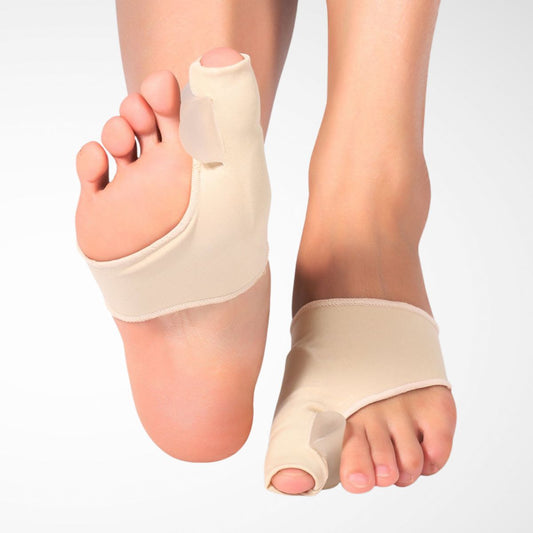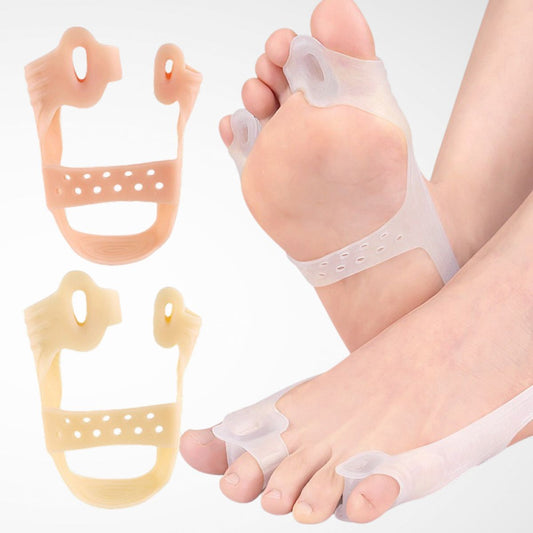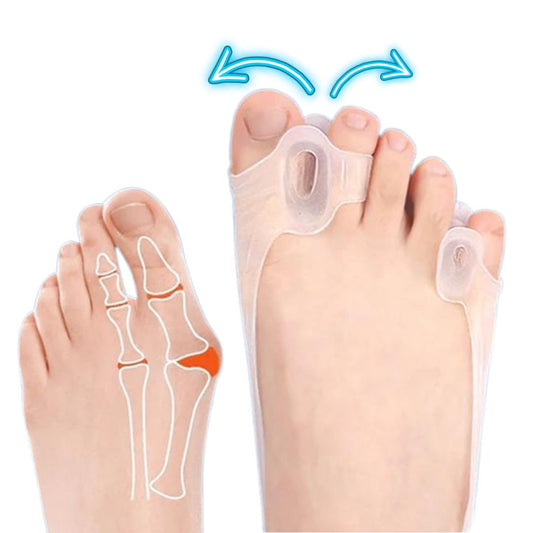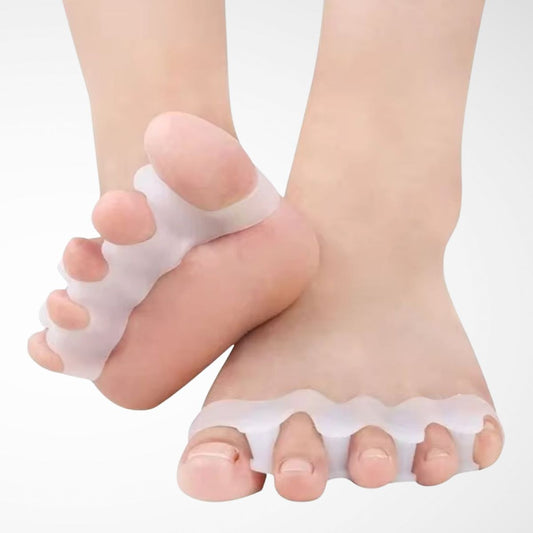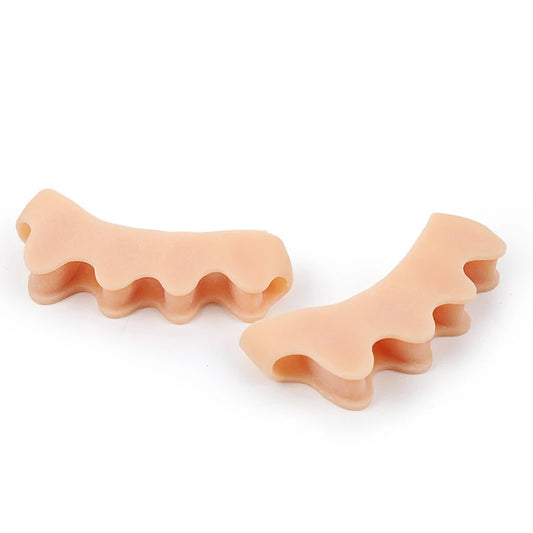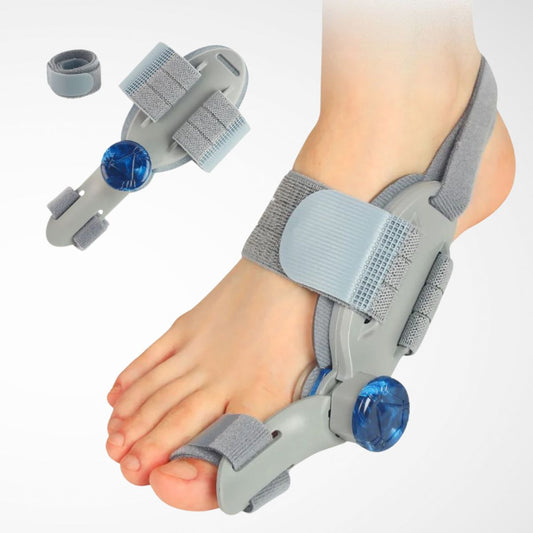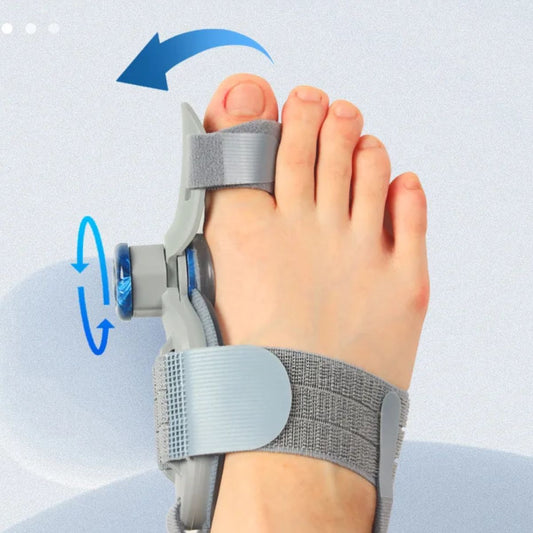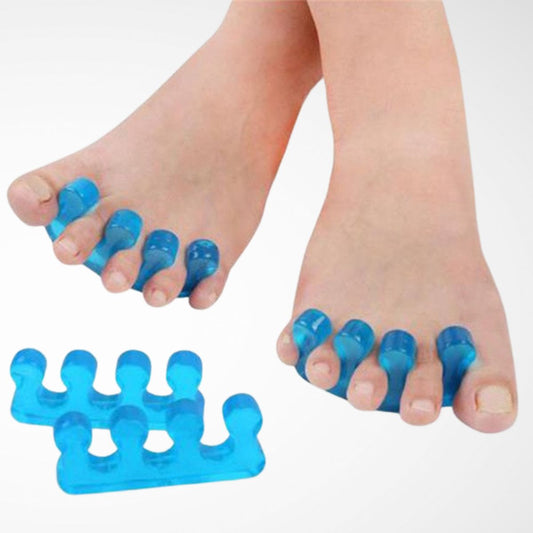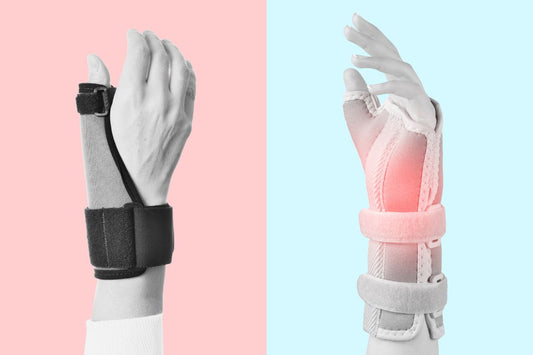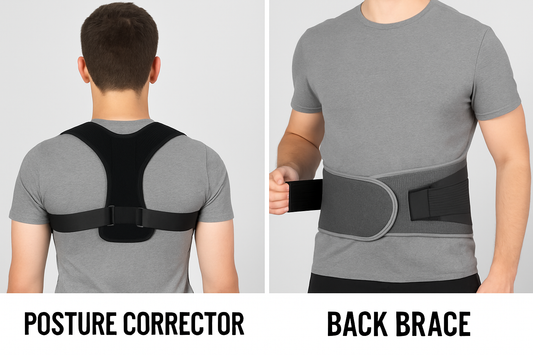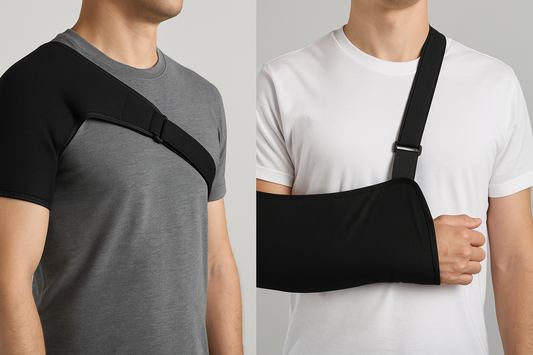Understanding Minimally Invasive Bunion Surgery
For individuals struggling with painful bunions that interfere with walking, standing, or simply wearing shoes, surgery may eventually come into consideration. One approach gaining attention among both patients and podiatric surgeons is minimally invasive bunion surgery — a modern technique designed to realign the big toe joint using specialized tools and small incisions.
Unlike traditional open procedures that require large surgical exposures, this method aims to reduce trauma to surrounding soft tissues. While it’s often marketed as faster and less painful, it’s not suitable for everyone. Understanding the trade-offs and appropriate timing is key.
What Makes It “Minimally Invasive”?
Traditional bunion surgeries typically involve incisions of several centimeters, cutting through skin and soft tissue to access the bone directly. In contrast, minimally invasive surgery (MIS) uses incisions as small as 2–5 mm. Surgeons perform bone shaving or osteotomies (bone cuts) using X-ray (fluoroscopy) to guide tools in real time — all without fully opening the joint.
Key Potential Advantages:
- Smaller Incisions: Typically leave less noticeable scars and reduce cosmetic concerns.
- Tissue Preservation: Less damage to skin and muscle means potentially less pain and bruising after surgery.
- Reduced Operating Time: Some cases report shorter surgical durations, though this varies by surgeon.
- Faster Return to Walking: Many patients are encouraged to bear partial weight within a few days, using a medical shoe or boot.
However, “minimally invasive” should not be interpreted as “minor.” Bone realignment is still a complex procedure. If done improperly or rushed through recovery, complications such as under-correction, recurrence, or nerve irritation can occur.
Who Is a Candidate?
Minimally invasive bunion surgery is not ideal for every patient — especially those with severe deformities or joint degeneration. It’s best suited for those with early-to-moderate bunion progression and healthy bone structure.
You may be a good candidate if:
- You have mild to moderate hallux valgus (bunion) without overlapping toes.
- There is minimal arthritis in the toe joint (first MTP joint).
- You’re in good general health, with no conditions that impair healing.
- You have functional expectations — seeking relief more than cosmetic perfection.
A licensed orthopedic or podiatric surgeon should evaluate your bunion using imaging and clinical assessment before recommending MIS. Some cases may be better suited for open procedures due to structural complexity or long-term correction needs.
The Recovery Process
While many patients experience faster healing compared to traditional surgery, MIS recovery still requires planning, commitment, and monitoring.
Expectations in the First Few Weeks:
- Swelling is common and can last several weeks. Elevation, icing, and compression may help.
- You’ll likely wear a post-op surgical shoe to protect the area while walking.
- Weight-bearing may be partial initially and needs to be done carefully, as advised.
Ongoing Recovery Milestones:
- Follow-up X-rays will track bone healing and joint alignment.
- Physical therapy may be recommended after 4–6 weeks to restore range of motion and strength.
- Return to normal footwear typically occurs after 4–8 weeks, but varies by individual case.
- Complete healing of bone and tissue may take up to 3–6 months, depending on your activity level, age, and compliance with aftercare.
Skipping post-op care or rushing recovery can lead to suboptimal results — including persistent pain, stiffness, or recurrence of the bunion. Patients should maintain close contact with their surgical team and promptly report any unusual symptoms.
Cost Considerations
Costs for bunion surgery — minimally invasive or otherwise — can vary widely depending on location, provider, and insurance. In the U.S., the out-of-pocket cost may range from $3,000 to $7,000 or more, especially if the procedure is done in a private setting. Insurance coverage may apply if the bunion causes significant pain or interferes with mobility.
We recommend speaking with your healthcare provider and insurance company to understand your coverage, options, and any pre-approval requirements.
Alternatives to Surgery
If you’re not ready to consider surgery — or your bunion isn’t yet severe — non-invasive solutions may provide relief:
- Bunion correctors, toe spacers, or splints: These don’t reverse the bunion but may offer gentle alignment support during sleep or rest, and help reduce rubbing and improve toe alignment during wear.
- Supportive footwear: Shoes with wide toe boxes and arch support can reduce pressure on the bunion joint.
- Orthotics: Custom or over-the-counter inserts can help redistribute pressure and support your gait.
Final Thoughts
Minimally invasive bunion surgery may offer a modern, less intrusive path to relief for the right patient. But it's important to evaluate all options carefully and work closely with a healthcare provider who can assess your specific condition and goals.
Surgical outcomes are never guaranteed, and the best long-term results come from pairing medical treatment with thoughtful daily habits — including wearing supportive shoes, staying mobile, and addressing foot pain early when it arises.


